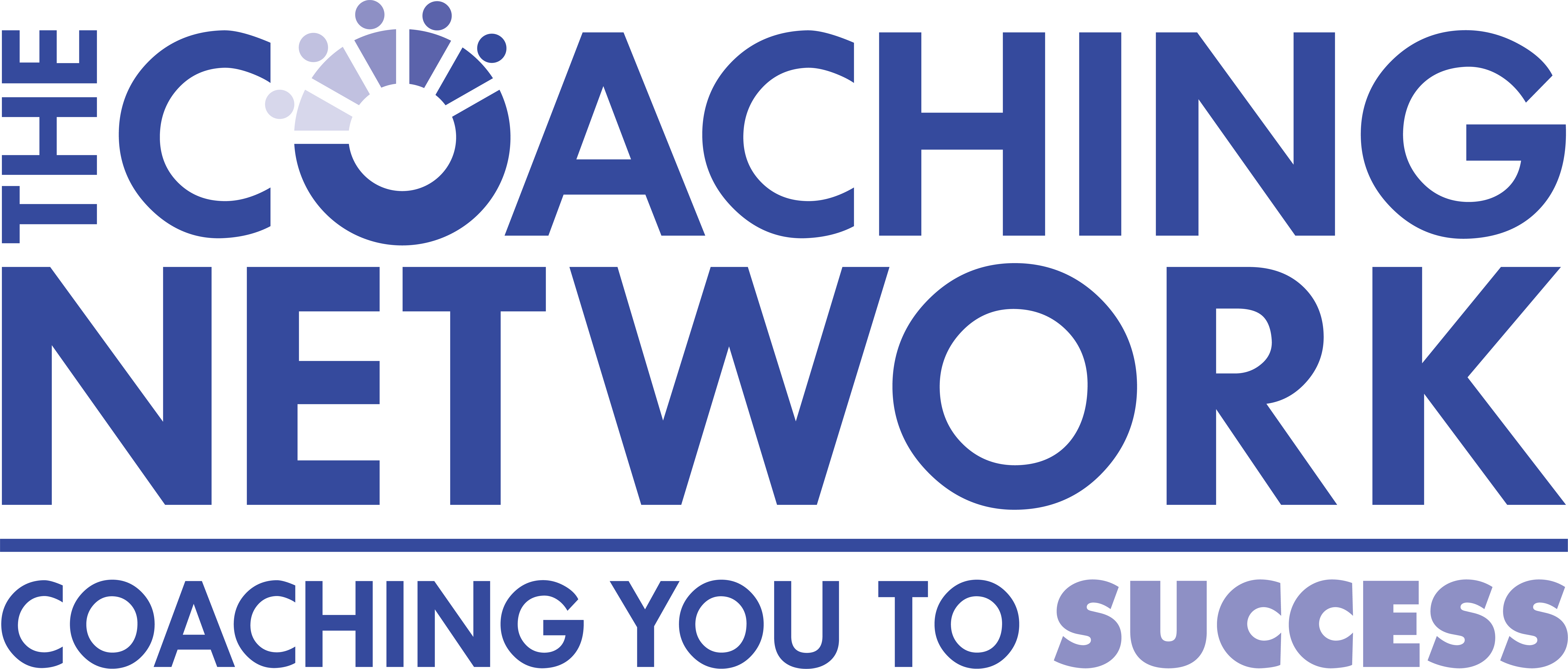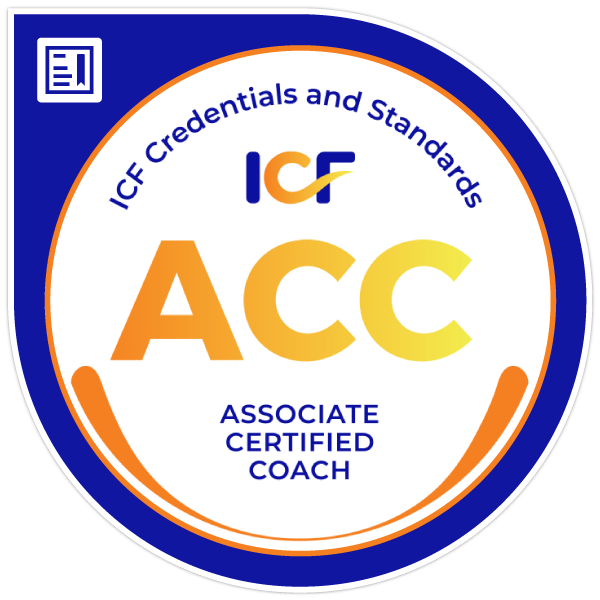I recently attended an insightful Eggs & Issues event hosted by the Orange Chamber of Commerce, at the Orange Café where the guest speaker, Steven Greyshock, Vice President of Public Affairs for the Irvine Company, discussed a new project in the City of Orange. It was a fascinating glimpse into how large companies approach development, and it raised an important question for me: What responsibility do real estate developers have to engage the community when planning major projects?
In industries like real estate development, decisions are often driven by profitability. But when projects have a significant impact on the local community, such as altering infrastructure, housing, or commercial space, there’s a delicate balance to strike between what benefits the company and what benefits the people who live and work there.

The Benefits of Community Involvement
- Building Trust and Goodwill
Engaging the community early in the planning process builds trust. When companies hold forums, listen to concerns, and keep residents informed, they establish themselves as allies to the community, not just profit-driven entities. This can lead to a better long-term relationship with local governments and residents, making future projects easier to execute. - Identifying Potential Challenges Early
The community often knows best when it comes to local issues. By communicating with residents and businesses, developers can identify potential roadblocks like traffic congestion, environmental concerns, or opposition from specific groups before they become major hurdles. Early identification can save time, money, and frustration down the road. - Increased Project Support
Projects that receive community backing tend to move faster through the approval process. If residents feel that their voices have been heard and their needs considered, they are more likely to support the development rather than oppose it. In some cases, community involvement can turn skeptics into advocates.
The Drawbacks of Community Involvement
- Delays and Higher Costs
Engaging the community takes time. Holding forums, conducting surveys, and incorporating feedback can slow down the development timeline, increasing holding costs for the company. Additionally, addressing community concerns often requires changes to the project that might increase costs without directly increasing profitability. - Compromise on Vision
Developers often have a clear vision for their projects, but community feedback can force compromises. This might mean sacrificing some aspects of the original plan to accommodate local desires or concerns, which could dilute the intended impact of the project from the developer’s perspective. - Opposition Can’t Always Be Overcome
Sometimes, no matter how much a company engages with the community, opposition remains. Vocal groups might still object to the development, leading to protests, petitions, or legal challenges that can stall the project or increase costs even further.
Community involvement in real estate development is a double-edged sword. On one hand, it fosters goodwill, builds support, and helps create projects that truly benefit the people who live and work in the area. On the other hand, it can slow down development, increase costs, and force developers to compromise on their original plans. The key is finding a balance—ensuring the project is both profitable for the company and beneficial to the community at large.
What’s one way you think businesses should engage their communities? Share your thoughts!
– Maria Medina


